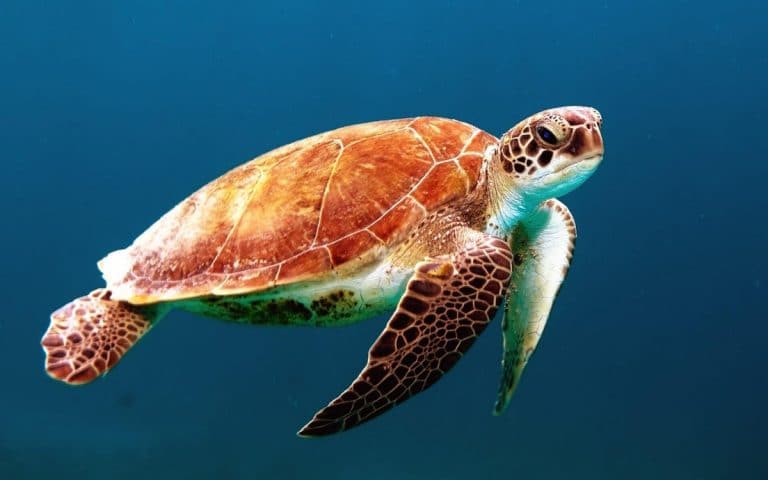Sir David Attenborough reaches 1 million followers and breaks Jennifer Aniston’s Instagram record

Last week, renowned naturalist and broadcaster Sir David Attenborough, 94, joined Instagram on Thursday 24 September. In four hours and 44 minutes, Attenborough’s follower count raced to one million, according to Guinness World Records. He beat out the previous record-holder, American actress Jennifer Aniston, who reached the benchmark in five hours and 16 minutes after joining in October 2019.
Attenborough’s first post, which was published on the same day, was a short IGTV video, a little over one minute long, where the veteran broadcaster explained that “Saving our planet is now a communications challenge.”
In his post, Attenborough further explained, “I am making this move and exploring this new way of communication to me because, as we all know, the world is in trouble. Continents are on fire. Glaciers are melting. Coral reefs are dying. Fish are disappearing from our oceans. The list goes on and on. Saving our planet is now a communications challenge.”
While many wondered whether the naturalist joined Instagram on his own, collaborators Jonnie Hughes and Colin Butfield told the BBC: “Social media isn’t David’s usual habitat. So while he’s recorded messages solely for Instagram, like the one in this post, we’re helping to run this account.”
Attenborough further explained that he would use the platform to share videos explaining “what the problems are and how we can deal with them.” His Instagram debut precedes the release of a book and a Netflix documentary, both titled A Life On Our Planet.
The film will see him reflect on his career and the decline of the planet’s environment and biodiversity, which he has observed first-hand. He closed out his first-ever Instagram post the same way he might have finished a radio broadcast: “Stay tuned.”
Who is Sir David Attenborough?
In his first Instagram post, Attenborough starts by saying: “I’ve been appearing on radio and television for the past 60 years, but this is my first time on Instagram.” So, if you’re unsure of who exactly he is, here’s everything you need to know about the veteran broadcaster.
Sir David Attenborough is a British naturalist and media personality best known for writing and presenting programmes that have inspired the modern format of nature documentaries. In the 1940s, Attenborough applied for a radio presenting position with the BBC, which was unsuccessful. Later, he was offered a job as a producer with the factual broadcasting unit within the emerging BBC television network.
One of the first programmes he was responsible for developing was Zoo Quest, a show about discovering exotic new animals in their habitat and bringing them back to the London Zoo. Attenborough started hosting the show in 1954 when the zoo’s reptile house curator unexpectedly fell ill.
The naturalist’s strong desire to present animals in their natural state and environment established a trend in factual presentation in early television programming that continues to this day. Less than ten years later, Attenborough resigned to take up studies for a social anthropology degree, which he never finished.
In 1965, he returned to the broadcasting company as controller of the new BBC 2, where he commissioned a broad line-up of diverse programmes that included comedies such as Monty Python’s Flying Circus and an archaeological program called Chronicle.
Attenborough’s contract allowed him to take time to produce and present his own projects, though in 1969 he was promoted to the director of programmes for both BBC channels, a position that further removed him from creating content. Within the next few years, Attenborough chose to leave the BBC and focus on making documentaries.
He went on to produce, write, narrate or present well over one hundred documentaries in his life. Life on Earth was three years in the making and made Attenborough a household name following its release in 1979. It was highly regarded by researchers for reflecting a strong respect for science, and appreciated by the audience for its cinematic storytelling. A further seven similar Life documentaries followed over the years.
The Private life of Plants was released in 1995, with each of its six episodes showcased life cycles of various plants around the world. It stood out for its clever use of slow-motion photography, allowing viewers to witness gradual changes like never before.
Planet Earth was the BBC’s most expensive nature documentary to date when it was commissioned. Released in high definition in 2006, only specific audiences heard Attenborough’s voice narrating the program’s 11 episodes. In the US for instance, actress Sigourney Weaver had the role.
Instagram record-holders
Attenborough joins an already long list of celebrities who previously held the record for the fastest to gain a million followers. Instagram record-holders:
Sir David Attenborough—four hours 44 minutes (in September 2020)
Jennifer Aniston—five hours 16 minutes (in October 2019)
Duke and Duchess of Sussex—five hours 45 minutes (in April 2019)
Kang Daniel (K-Pop star)—11 hours 36 minutes (in January 2019)
Pope Francis—12 hours (in March 2016)
David Beckham—24 hours (in May 2015)
Attenborough’s total following rose to 2.5 million within 24 hours. However, he remains some way behind the most-followed person on Instagram, footballer Cristiano Ronaldo who has 238 million followers.
Attenborough already holds two records for the longest career as a TV presenter and the longest career as a television naturalist. Planet Earth, one of Attenborough’s most popular projects, holds the record for the most in-demand documentary TV show.
Yesterday, on Sunday 27 September, Attenborough posted a picture of him and Prince William watching the former’s new film. Both were sitting in chairs with each other’s names inscribed in the back. The post said: “They both share a passion for protecting the natural world and are supporting one another to raise awareness of the solutions at hand to tackle climate change and biodiversity loss. They’re working together on the @earthshotprize too – more on that soon.”





